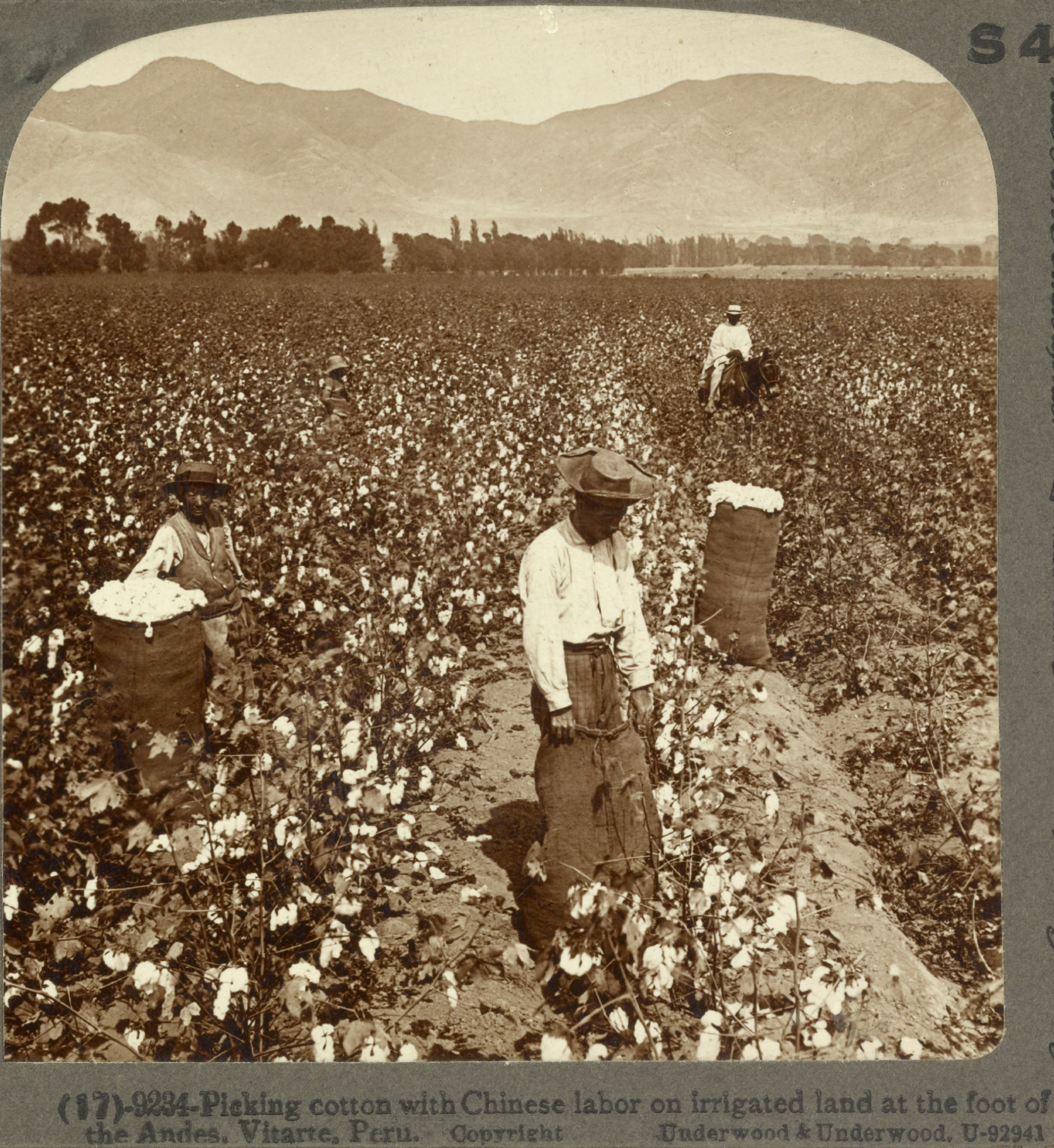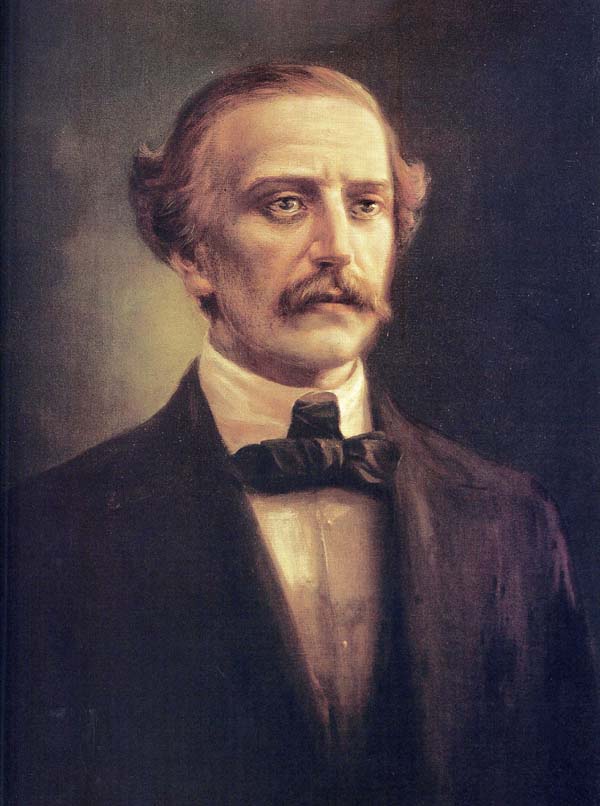|
2022 Dominican Republic Census
The 2022 Dominican Republic census is the tenth Dominican Republic national census, and was held from the 10 to 23 of November 2022, during the presidency of Luis Abinader. It was originally scheduled to conclude in 23 November, but, it was extended to the end of month due to work delays. The population of the Dominican Republic was counted as 10,760,028 – an increase of 1,314,747 (13.9%) over the 2010 census. First results from the 2022 census were released to the public on 10 August 2023, from the Oficina Nacional de Estadística website. Preparation As required by law, the Dominican Republic census has been conducted every 10 years since 1920. The 2010 Dominican Republic census was the previous census completed. Census sections The census was divided into six sections. ;Section I ;Section II ;Section III ;Section IV ;Section V ;Section VI Results Director said of the preliminary results: Population by residence Population by residence are as follows. Self-iden ... [...More Info...] [...Related Items...] OR: [Wikipedia] [Google] [Baidu] |
Provinces Of The Dominican Republic
The Dominican Republic is divided into thirty-one (provinces; singular ), while the Capital (political), national capital, Santo Domingo, is contained within its own Distrito Nacional ("National District"; "D.N." on the map below). The division of the country into provinces is laid down in the constitution (Title I, Section II, Article 5) and enacted by law. The latter is currently Law 5220 on the Territorial Division of the Dominican Republic (), issued 1959 and frequently amended to create new provinces and lower-level administrative units. The provinces as administrative divisions The provinces are the first-level Administrative division, administrative subdivisions of the country. The headquarters of the central government's regional offices are normally found in the capital cities of provinces. The president appoints an administrative governor () for each province but not for the Distrito Nacional (Title IX of the constitution). The provinces are divided into Municipalitie ... [...More Info...] [...Related Items...] OR: [Wikipedia] [Google] [Baidu] |
Mestizo
( , ; fem. , literally 'mixed person') is a term primarily used to denote people of mixed European and Indigenous ancestry in the former Spanish Empire. In certain regions such as Latin America, it may also refer to people who are culturally European even though their ancestors were Indigenous American or Austronesian. The term was used as an ethno-racial exonym for mixed-race that evolved during the Spanish Empire. It was a formal label for individuals in official documents, such as censuses, parish registers, Inquisition trials, and others. Priests and royal officials might have classified persons as mestizos, but individuals also used the term in self-identification. With the Bourbon reforms and the independence of the Americas, the caste system disappeared and terms like "mestizo" fell in popularity. The noun , derived from the adjective , is a term for racial mixing that did not come into usage until the 20th century; it was not a colonial-era term.Rappaport, Joa ... [...More Info...] [...Related Items...] OR: [Wikipedia] [Google] [Baidu] |
Dominicans
Dominicans () also known as Quisqueyans () are an ethnic group, ethno-nationality, national people, a people of shared ancestry and culture, who have ancestral roots in the Dominican Republic. The Dominican ethnic group was born out of a fusion of European (mainly Spanish), native Taino, and African elements, this is a fusion that goes as far back as the 1500s. Due to this fusion, all Dominicans are of mixed-race heritage, tracing roots mainly to these three sources, the vast majority being evenly mixed, and smaller numbers being predominantly European or African. The demonym Dominican is derived from ''Santo Domingo'' (Spanish equivalent Saint Dominic) and directly inherited from the name of the Captaincy General of Santo Domingo, which was synonymous with the island of Hispaniola as a whole and centered in the city of Santo Domingo, the capital of modern Dominican Republic. Recent immigrants and their children, who are legal citizens of the Dominican Republic, can be considere ... [...More Info...] [...Related Items...] OR: [Wikipedia] [Google] [Baidu] |
1950 Dominican Republic Census
The Third National Census of Population of the Dominican Republic was raised on 6 August 1950, during the presidency of Rafael Leónidas Trujillo, after the Decree No.6091 of 20 October 1949. This census collected information on sex, occupation, age, fertility, race, religion, marital status, nationality, literacy, ability to vote, and housing. General results Provincial and communal results {{Empty section, date=July 2015 See also * 1920 Santo Domingo Census * 1960 Dominican Republic Census * 1970 Dominican Republic Census * 2010 Dominican Republic Census * 2022 Dominican Republic Census Sources * National office of the Census (1958). Third National Census of Population, 1950. References Censuses in the Dominican Republic 1950s in the Dominican Republic Dominican Republic The Dominican Republic is a country located on the island of Hispaniola in the Greater Antilles of the Caribbean Sea in the Atlantic Ocean, North Atlantic Ocean. ... [...More Info...] [...Related Items...] OR: [Wikipedia] [Google] [Baidu] |
Asian Latin Americans
Asian Latin Americans (sometimes ''Asian-Latinos'') are Latin Americans of Asian diaspora, Asian descent. Asian immigrants to Latin America have largely been from East Asia or West Asia. Historically, Asians in Latin America have a centuries-long history in the region, starting with Overseas Filipinos, Filipinos in the 16th century. The peak of Asian immigration occurred in the 19th and 20th centuries. There are currently more than four million Asian Latin Americans, nearly 1% of Latin America's population. Overseas Chinese, Chinese, Japanese people, Japanese, and Lebanese people, Lebanese are the largest Asian ancestries; other major ethnic groups include Overseas Filipinos, Filipinos, Syrians, Koreans and Indian people, Indians, many of whom are Indo-Caribbean people, Indo-Caribbean and came from neighboring countries in the Caribbean and the Guianas. Brazil is home to the largest population of East Asian descent, estimated at 2.08 million. The country is also home to a large ... [...More Info...] [...Related Items...] OR: [Wikipedia] [Google] [Baidu] |
Afro-Dominicans
Afro-Dominicans (also referred to as African Dominicans or Black Dominicans; ) are Dominicans of predominant or total Sub-Saharan African (Black African) ancestry. They are a minority in the country representing 7.5% or 642,018 of the population, according to the 2022 census. In a previous estimate they were 7.8% of the Dominican Republic's population according to a survey published in 2021 by the United Nations Population Fund. About 4.0% of the people surveyed claim an Afro-Caribbean immigrant background, while only 0.2% acknowledged Haitian descent. Currently there are many black illegal immigrants from Haiti, who are not included within the Afro-Dominican demographics as they are not legal citizens of the nation. The first black people in the island were brought by European colonists as indentured workers from Spain and Portugal known as Ladinos. When the Spanish Crown outlawed the enslavement of Natives in the island with the Laws of Burgos, slaves from West Africa a ... [...More Info...] [...Related Items...] OR: [Wikipedia] [Google] [Baidu] |
White Dominicans
White Dominicans (), also known as Caucasian Dominicans (), are Dominicans of total or predominantly Ethnic groups in Europe, European or West Asia, West Asian ancestry. The 2022 Dominican Republic census reported that 1,611,752 people or 18.7% of those 12 years old and above identify as White people, white, 731,855 males and 879,897 females. An estimate put it at 17.8% of the Dominican Republic's population, according to a 2021 survey by the United Nations Population Fund. The majority of white Dominicans have ancestry from the first European settlers to arrive in Hispaniola in 1492 and are descendants of the Spaniards, Spanish and Portuguese people, Portuguese who settled in the Hispaniola, island during Captaincy General of Santo Domingo, colonial times, as well as the French people, French who settled in the 17th and 18th centuries. Many whites in the Dominican Republic also descend from Italians, Dutchmen, Germans, Hungarians, Scandinavians, Americans and other nationalit ... [...More Info...] [...Related Items...] OR: [Wikipedia] [Google] [Baidu] |





